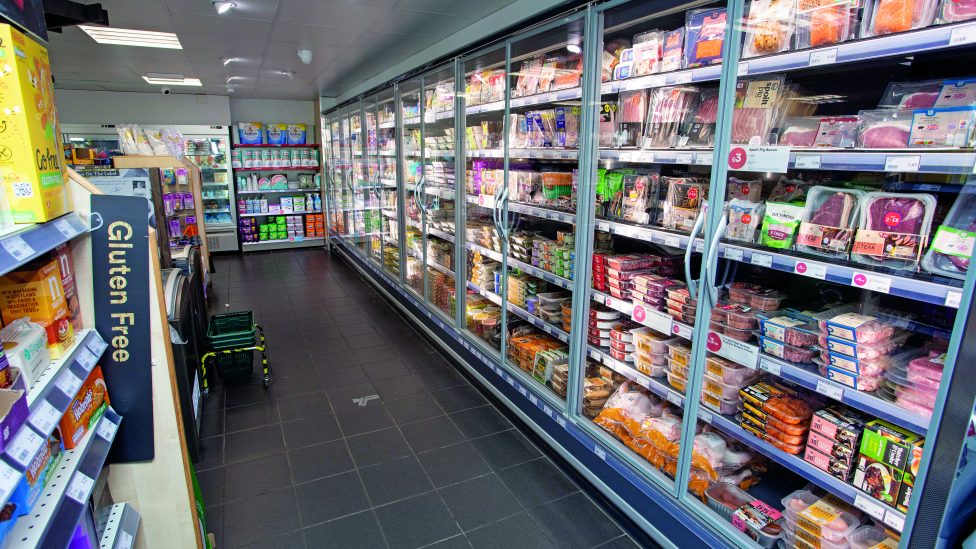Anish Panchmatia
One Stop Wylde Green, Sutton Coldfield, West Midlands
“I consider myself a landlord and the product is my tenant. The products that make me the most money deserve the most shelf space and those that don’t make me money don’t deserve the space. I don’t look at margin, I look at volume sales because I can increase volume. We use data and always request more information if we can. It’s about taking that ruthless approach.
“We had three metres of pet food and it was selling badly, so we decreased the space to two metres. We’ve seen an increase in sales because there’s less choice now. The promos are the same, but it looks like we have more offers because there are fewer products. Petfood is paying double the ‘rent’ at two metres than it was at three metres.
“Wines are down, so we had a range review and there were 20 products that we’re selling one of each week, so we got rid of them.”
Reuben Singh Mander
The Three Singh’s, Selby, West Yorkshire
“If it’s a specific product then we use our till data. We try to look at this every two weeks and look at our worst-performing lines. But sometimes it can just be a case of when you’re walking around the shop, you notice that a line is looking a bit tired.
“You might see, for example, one of the 2l bottles of carbonate hasn’t been reordered for a while. That means it’s not doing what it needs to be doing, so we get rid of it. There have been moments, frustratingly, where a customer has asked for a line again after we take it out.
“With our core lines, each person in the store is in charge of a specific section – for me, it’s soft drinks and crisps. By the time my shift is over, everything in those categories has to be fully forward and labelled, and the stock order has to be put in. By knowing our own area inside out, we can get on things straight away.”
Anand Cheema
Costcutter Fresh, Falkirk, Central Lowlands
“We’re constantly doing daily checks. One of the main things to look at is the date. That’s a good factor for whether a product is selling quickly.
“Then, on a weekly basis, we go through a department report for high and low sellers. You have to keep an eye on these things because otherwise you’re going to have shelves stocked full of dust pickers. How regularly they’re selling depends on the category. With alcohol, once we’re only selling a bottle or two a week, we’ll try to replace it with something else, but in grocery, it can tick along at a can a week.
“Once we’re down to the last few, we put them out of position near the counter, on the counter or in a reduced-to-clear section, as well as a reduced section on our delivery platform. We’ve often used them in the 1p deals for home delivery with Snappy Shopper and reduce them in store, too.”



Comments
This article doesn't have any comments yet, be the first!